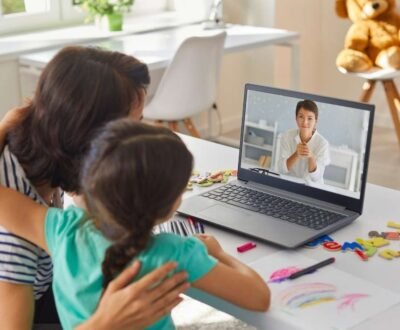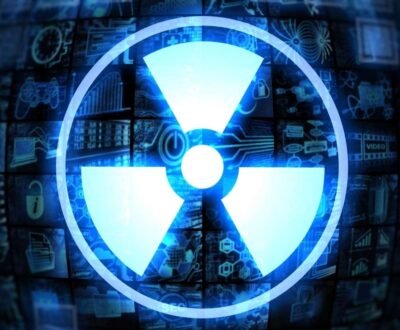Recent study revealed that MRI (Magnetic Resonance Imaging) can detect neural tube disorders (NTDs) which cannot be detected by ultrasonography. MRI complements ultrasonography; uncertain ultrasonography findings can be cleared by foetal MRI without any risk to the foetus.

Neural tube disorders are the most common heterogeneous group of congenital abnormalities. They are happening around one in 1000 live births in the United States. Neural tube during foetal development transforms into brain and spinal cord. When it fails to close completely, NTD develops.
MRI provides an excellent visualization and an accurate diagnosis of suspected prenatal disorders mainly NTDs, though ultrasound is still the best screening tool for the initial study of morphological defects of the foetus. MRI images can be taken in all three planes irrespective of the foetal position in uterus. Images are obtained using ultra-fast sequences, so practices like fasting prior to imaging or breath-holding by the mother to slow down the foetal movements are not necessary. Complete study requires 25-30 minutes. It can take 12 to 15 sequences during that time for evaluating foetal head and spine structures as NTDs can occur at cranial or spinal regions. Even though, foetal MRI is performed for suspected NTDs, the other foetal structures are also studied to rule out other abnormalities.
Foetal MRI has become a fundamental tool in clinical practices all over the world. Treatment of congenital abnormalities before and after the birth of young ones, to give them the highest level of independent living, has developed due to the technological advancement in diagnostic imaging, which is clearly evident in NTDs.
About us and this blog
We are a teleradiology service provider with a focus on helping our customers to repor their radiology studies. This blog brings you information about latest happenings in the medical radiology technology and practices.
Request a free quote
We offer professional teleradiology services that help hospitals and imaging centers to report their radiology cases on time with atmost quality.
Subscribe to our newsletter!
More from our blog
See all postsRecent Posts
- Understanding the Challenges of Teleradiology in India January 19, 2023
- Benefits of Teleradiology for Medical Practices January 16, 2023
- Digital Transformation of Radiology January 2, 2023









